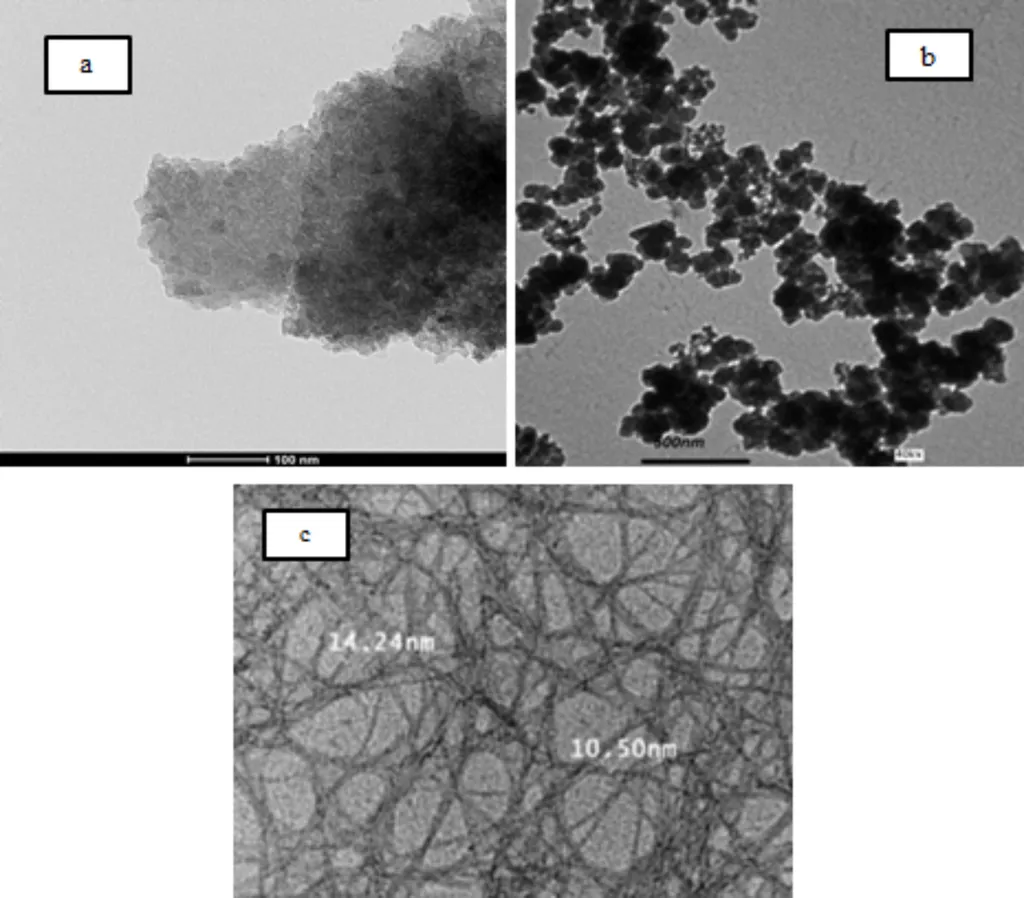In the ever-evolving landscape of sustainable construction, a groundbreaking study has emerged, promising to reshape the way we build and think about infrastructure. Led by Fatheali A. Shilar, a researcher at the Centre for Research Impact and Outcome at Chitkara University Institute of Engineering and Technology and the Division of Research and Development at Lovely Professional University, the study delves into the mechanical and durability performance of innovative concrete technologies. Published in the *Engineering Science and Technology, an International Journal* (translated from Persian as “Journal of Engineering Science and Technology”), this research could have significant implications for the energy sector and beyond.
The study, which analyzed over 100 peer-reviewed papers, compared the performance of fiber-reinforced concrete (FRC), geopolymer reinforced concrete (GRC), 3D printed reinforced concrete (3DRC), and nano-based concrete (NBC). The findings are nothing short of revolutionary. Nano-based geopolymer concrete, in particular, stood out, achieving compressive strengths of 60–95 MPa and elastic moduli between 30 and 42 GPa, along with exceptional crack resistance.
“These materials not only meet but exceed contemporary building requirements,” Shilar explained. “They align perfectly with the United Nations Sustainable Development Goals, particularly Goal 9 (Industry, Innovation, and Infrastructure) and Goal 13 (Climate Action).”
The research highlights the optimal fiber content for enhanced mechanical integrity, ranging from 3% to 5%, with fiber lengths of 25–40 mm proving most effective. This could lead to more robust and durable structures, reducing maintenance costs and extending the lifespan of buildings and infrastructure.
For the energy sector, the implications are profound. The use of nano-enhanced materials and geopolymers in construction can lead to more energy-efficient buildings, reducing the carbon footprint of new developments. This aligns with the growing demand for sustainable and eco-friendly construction practices, driven by both regulatory pressures and consumer preferences.
“The pragmatic benefits of using geopolymers and nano-enhanced materials in the building of sustainable infrastructure are immense,” Shilar added. “This research paves the way for future developments in the field, offering a glimpse into a future where our buildings are not only stronger but also more environmentally friendly.”
As the construction industry continues to evolve, this research provides a roadmap for integrating advanced materials into mainstream practices. The study’s findings could accelerate the adoption of sustainable concrete technologies, shaping the future of construction and infrastructure development. With the energy sector increasingly focused on sustainability, the insights from this research could drive innovation and efficiency in building practices, ultimately contributing to a greener and more resilient built environment.

